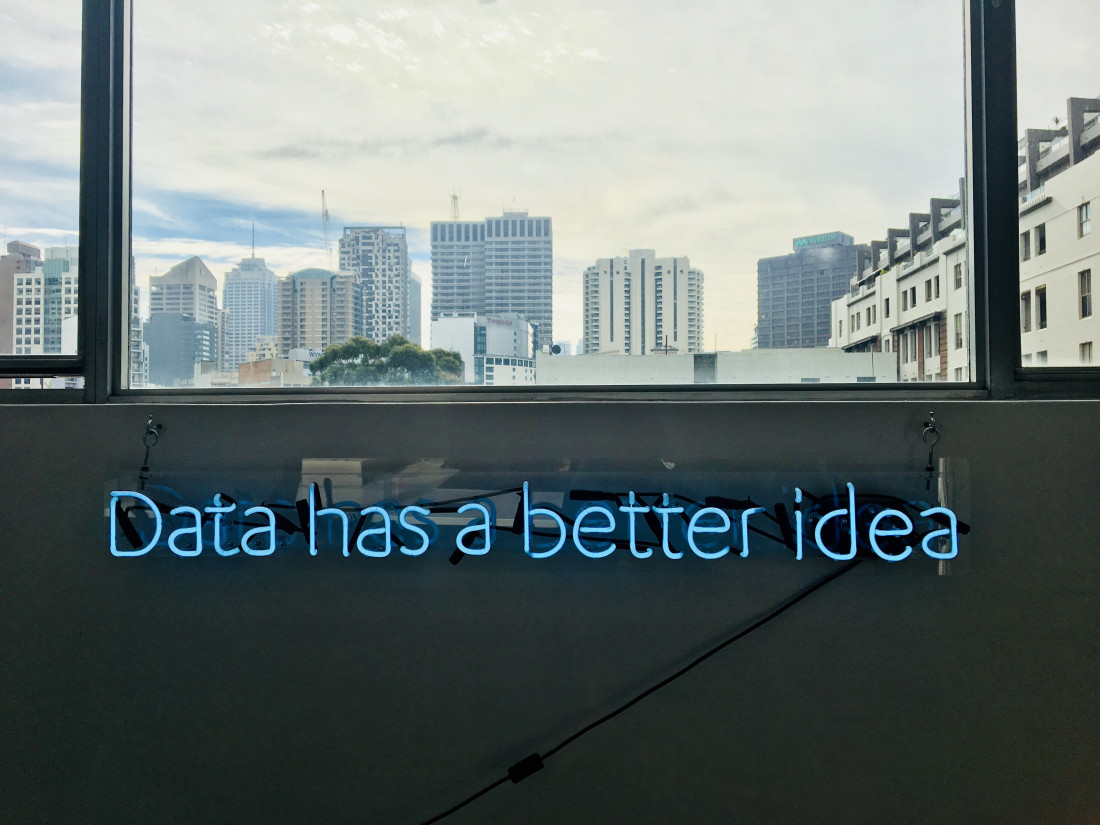About Sentient
Sentient uses AI to help businesses accelerate their revenue growth. One of Sentient’s leading products is Sentient Ascend (ascend.ai), which uses evolutionary AI to identify the best performing site designs out of thousands or millions of combinations.
Scaling customer education
Like many businesses, Sentient deploys customer success and account management teams to stay in close personal touch with customers in order to help them get best use of Sentient’s products.
However, as Sentient’s customer base grew, it became clear that providing individual training and feature updates wasn’t going to scale.
Without in-depth customer education, whenever Sentient released a significant product change, there would be a risk of confusion amongst scores of customers, driving expensive calls to Support and Sales Engineering.
Despite Sentient’s incredible Customer Success function, it was tough to handhold customers through product changes in a scalable way.

I don’t know what we’d have done if we didn’t put Chameleon tutorials in.
In-Product Education as the Solution
Robert Severn, Product Manager at Sentient, knew that the solution to this problem was in-product guidance.
Build vs. Buy Consideration
However, given key product priorities, Robert realized attempting to build this in-house wasn’t a good use of Sentient’s engineering team. “The project was an important thing to complete, but, for our development team, it was secondary to continuing to enhance core functionality of our products. There are so many things our developers are working on!”
Instead, with a solution like Chameleon, teams no longer need to depend on engineering to build, edit, deploy and optimize in-product guidance. After a one-time installation, Chameleon provides a simple platform to create targeted, triggered modals, banners, tooltips and product tours.
We like this handy build vs. buy calculator where you can do a quick check of which option makes financial sense.
Choosing and using Chameleon
Sentient researched various solutions to build in-product guidance and found three products that offered this function. After careful research and evaluation, Robert and team chose Chameleon.
Chameleon was a trusted referral (it had worked reliably and successfully in the past for a colleague, at another company) and the best fit, in terms of functionality and price.
Sentient now uses Chameleon regularly to create product tours that display whenever a customer sees new functionality for the first time, using Chameleon's audience targeting functionality.

“Now, every time we release a new product or make a big change, we spend 1-2 hours getting a Chameleon tutorial up and running.” said Robert.
This is a common use case for Chameleon, along with user onboarding, customer marketing (to drive conversion and upsell) and others. Read about all our use cases here.

Setting up a Chameleon experience takes no time at all. The product has an easy-to-use interface, and almost anyone could use it.
The Results
These in-product tours have increased both internal and external faith in the product team -- it’s clear to customers and colleagues that Robert and the product team have extended their remit beyond shipping features, to adoption and usage.
Robert says, “if you deploy sensitive product changes without context, particularly with respect to reporting, for example, you risk panic and confusion among your core customers!” and that can be counter-productive to driving increased adoption."
To support our customers, like Sentient, we created a framework for how to announce new features and drive adoption, based on all our experience.
When Sentient changed how its reporting worked, it conducted customer interviews to gauge partner reactions to the change. It was clear from these interviews that customers were missing the key points.
With this knowledge, Robert and the Sentient team used Chameleon to create a help icon with an embedded tutorial video with that information. Here’s how it looked:


Chameleon has helped us achieve a big reduction in support calls -- saving both money and time.
With every new product or feature release, the Sentient team saves an estimated 3-5 hours of phone calls per week, as well as other time saved in otherwise repetitive training.
The product team does the hard work of guiding people through the product once, and passes that on to every stakeholder in one sweep. “If we can save support and sales staff time, we can use that time to improve the customer experience,” said Robert.
Without a product like Chameleon, Sentient wouldn’t have been able to do walkthrough guides, shared Robert, “we would have linked people to external help articles, which have much lower engagement.”
What's Next
Sentient is now looking at using Chameleon for first-time user onboarding, working on tours to help new users get set up with a first example. “Along the lines of how Google Analytics onboards users with tutorials,” according to Robert.

The Sentient team will also leverage Chameleon’s self-service functionality, with which you can display a tours widget, to let users search for and start tours at their convenience.
Chameleon gives Sentient’s product team more ownership and influence over the end to end product experience.
Robert says, “With Chameleon, you get the freedom and ability to change something in the UI that is important to the business but would never surface to the level of a dev ticket. This helps alleviate the feeling of ‘I want to get this done but I just can’t push it through the priority list.’”
